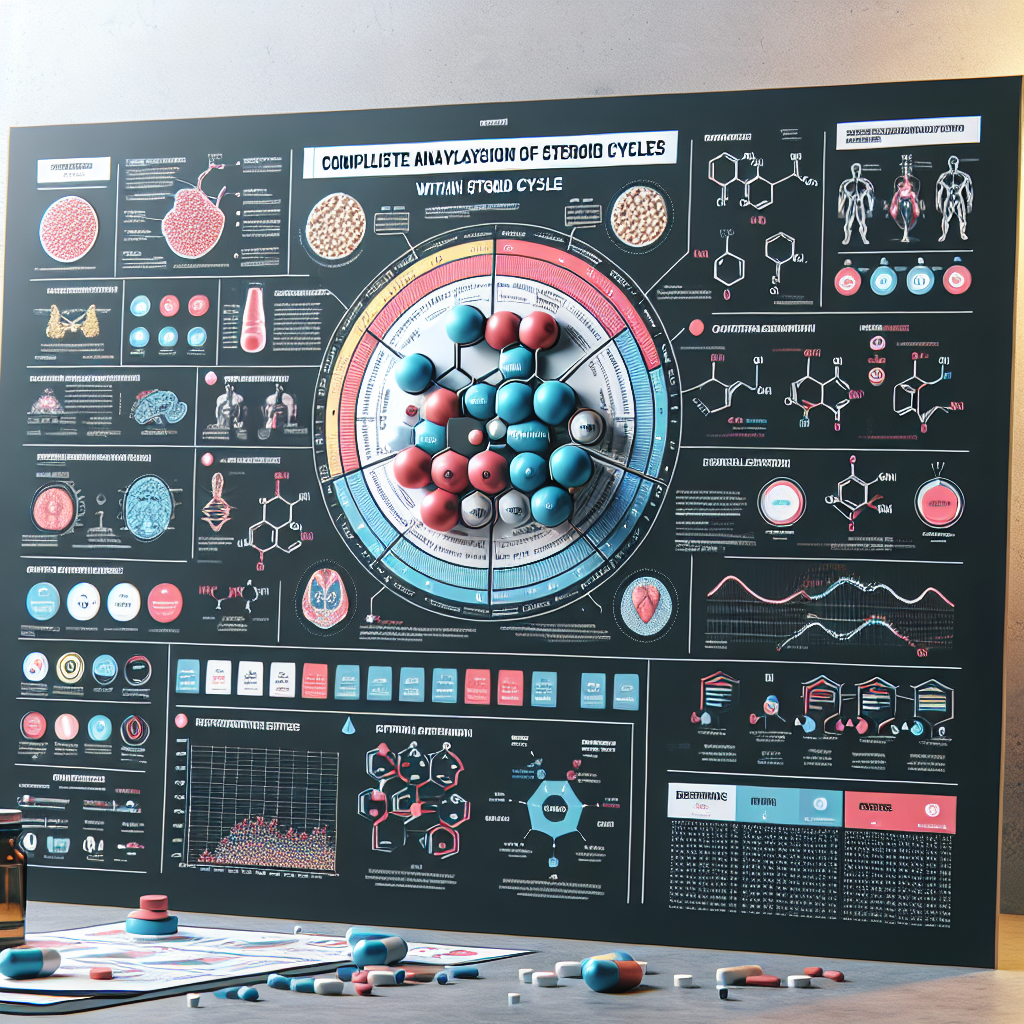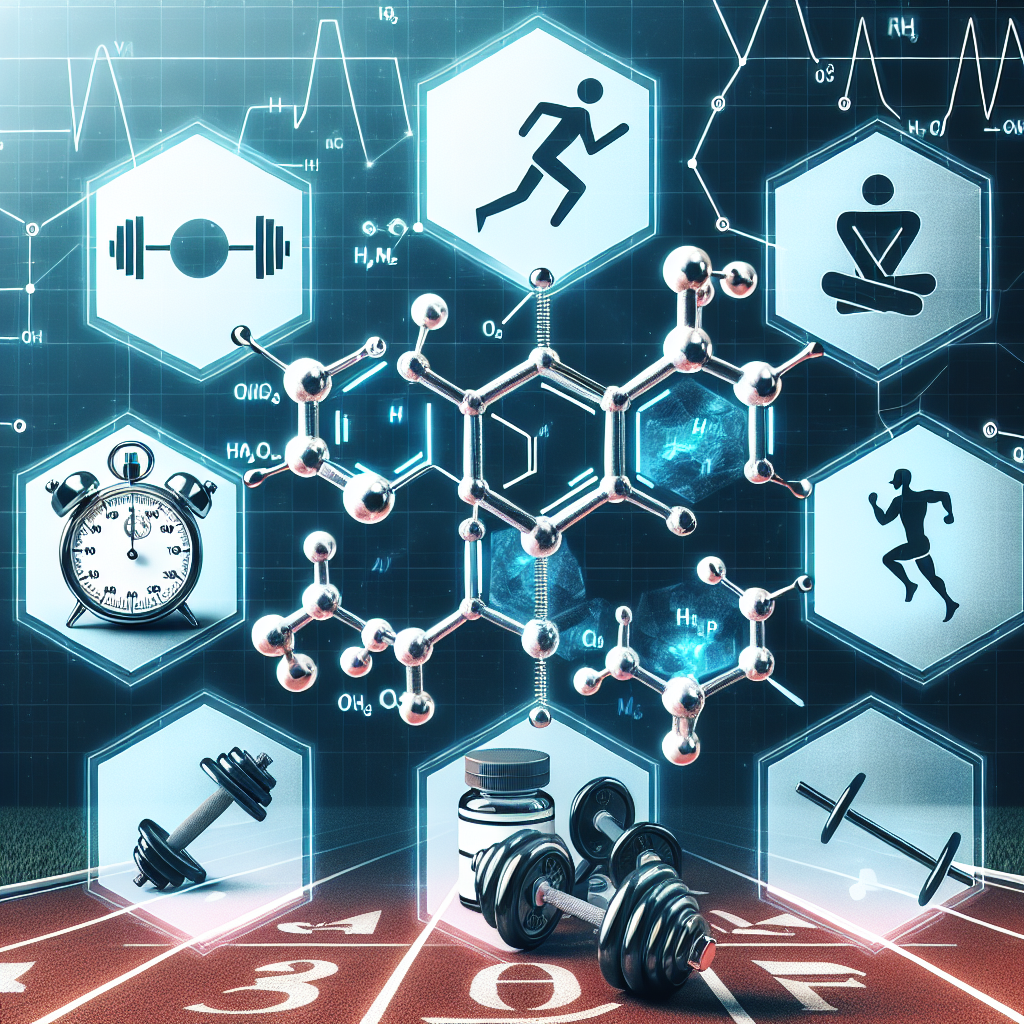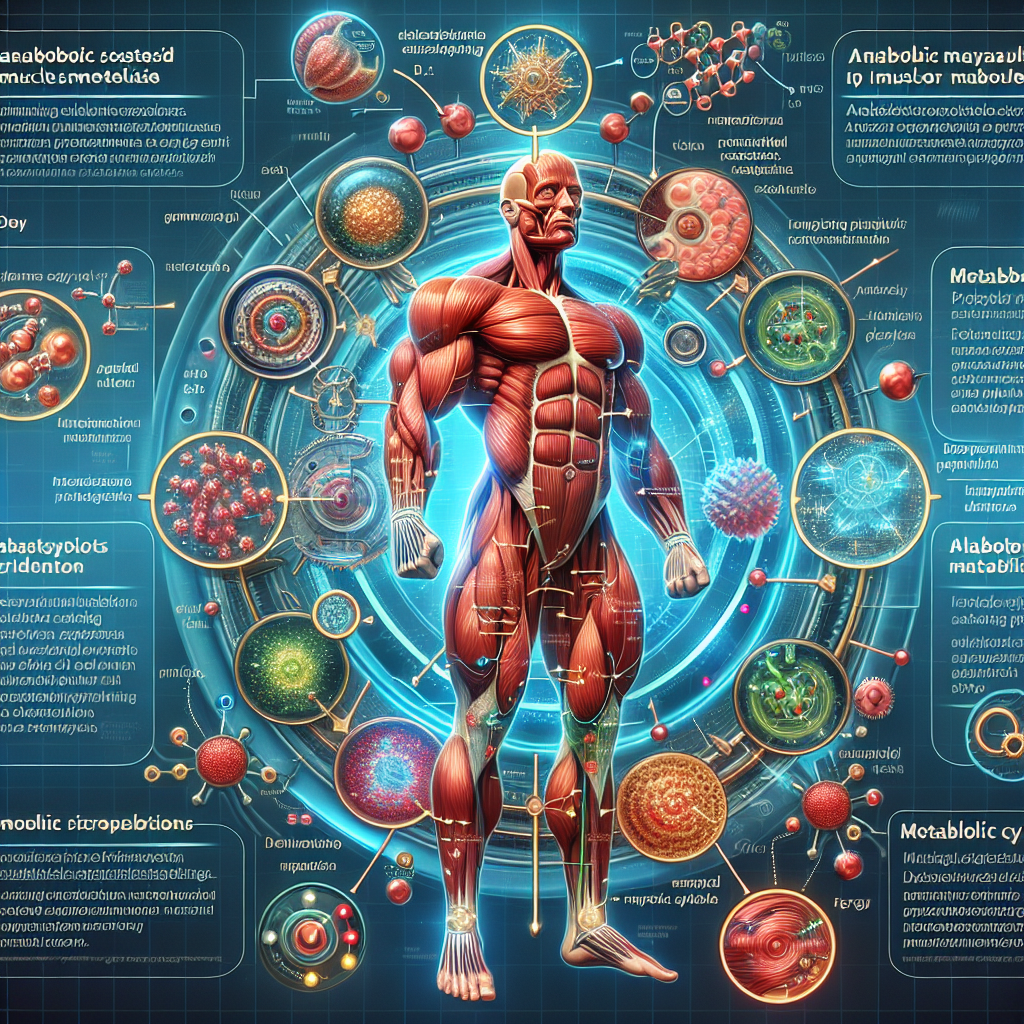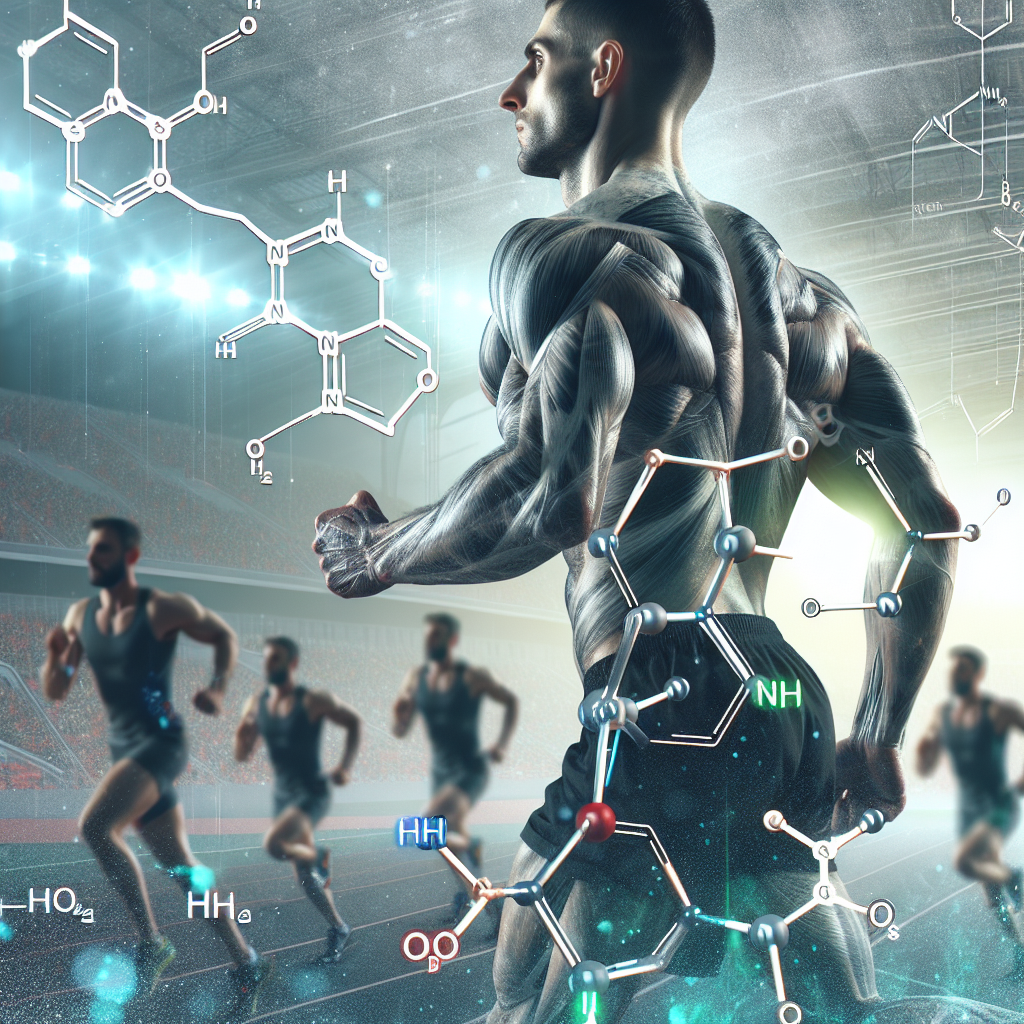-
Table of Contents
Evaluating Benefits and Risks of Halotestin for Athletes
In the world of sports, athletes are constantly seeking ways to improve their performance and gain a competitive edge. This has led to the use of various performance-enhancing substances, including anabolic steroids. One such steroid that has gained popularity among athletes is halotestin, also known as fluoxymesterone. However, with its benefits come potential risks that must be carefully evaluated. In this article, we will delve into the pharmacokinetics and pharmacodynamics of halotestin, as well as its potential benefits and risks for athletes.
Pharmacokinetics of Halotestin
Halotestin is a synthetic derivative of testosterone, with a fluorine atom added at the 9th position. This modification increases its anabolic potency and decreases its androgenic effects, making it a popular choice among athletes looking to increase muscle mass and strength without the unwanted side effects of traditional testosterone. Halotestin is available in oral form, with a bioavailability of approximately 60-70% (Kicman, 2008). It has a half-life of approximately 9.2 hours, with peak plasma levels reached within 2-4 hours after ingestion (Kicman, 2008).
Halotestin is metabolized in the liver, with the majority of the drug being excreted in the urine as glucuronide conjugates (Kicman, 2008). This means that it can be detected in urine for up to 2 weeks after ingestion, making it a risky choice for athletes subject to drug testing. It is also important to note that halotestin is a C17-alpha alkylated compound, which means it can be toxic to the liver if used in high doses or for extended periods of time (Kicman, 2008). This is a risk that athletes must carefully consider when deciding whether to use halotestin.
Pharmacodynamics of Halotestin
Halotestin works by binding to androgen receptors in the body, stimulating protein synthesis and increasing nitrogen retention in the muscles (Kicman, 2008). This leads to an increase in muscle mass and strength, making it a popular choice among athletes in strength-based sports such as powerlifting and bodybuilding. It also has a high affinity for the androgen receptor, meaning it can have a potent effect on the body even at low doses (Kicman, 2008).
One of the unique properties of halotestin is its ability to increase red blood cell production, known as erythropoiesis. This can lead to an increase in oxygen delivery to the muscles, resulting in improved endurance and performance (Kicman, 2008). However, this also means that halotestin can be used as a masking agent for blood doping, making it a popular choice among endurance athletes as well.
Potential Benefits for Athletes
The main benefit of halotestin for athletes is its ability to increase muscle mass and strength. This can be especially beneficial for athletes in strength-based sports, where even small increases in strength can make a significant difference in performance. It can also improve endurance and performance in endurance-based sports, making it a versatile choice for athletes across various disciplines.
Another potential benefit of halotestin is its ability to improve aggression and motivation. This can be beneficial for athletes who need to maintain a high level of intensity and focus during training and competition. However, this can also be a double-edged sword, as excessive aggression can lead to reckless behavior and increased risk of injury.
Potential Risks for Athletes
As with any performance-enhancing substance, there are potential risks associated with the use of halotestin. One of the main risks is its potential for liver toxicity, as mentioned earlier. This risk can be minimized by using the drug in low doses and for short periods of time, but it is still a concern that athletes must consider.
Another potential risk is the suppression of natural testosterone production. Halotestin, like other anabolic steroids, can suppress the body’s production of testosterone, leading to a decrease in sperm production and potential infertility (Kicman, 2008). This can be mitigated by using post-cycle therapy to help the body recover its natural hormone production, but it is still a risk that athletes must be aware of.
Lastly, the use of halotestin can also lead to negative cardiovascular effects, such as an increase in blood pressure and cholesterol levels (Kicman, 2008). This can be especially concerning for athletes who already have underlying cardiovascular issues or risk factors. It is important for athletes to monitor their cardiovascular health closely while using halotestin.
Real-World Examples
The use of halotestin has been prevalent in the world of sports for decades, with numerous athletes being caught and punished for its use. One notable example is that of Canadian sprinter Ben Johnson, who was stripped of his gold medal at the 1988 Olympics after testing positive for halotestin (Kicman, 2008). This incident brought the use of performance-enhancing substances into the spotlight and sparked a global conversation about the ethics and safety of their use in sports.
More recently, in 2018, Russian boxer Alexander Povetkin tested positive for halotestin, leading to the cancellation of his fight against Anthony Joshua (BBC, 2018). This incident highlights the ongoing issue of doping in sports and the need for stricter regulations and testing protocols.
Expert Opinion
While halotestin may offer some potential benefits for athletes, it is important to carefully consider the risks associated with its use. As an experienced researcher in the field of sports pharmacology, I believe that the use of halotestin should be approached with caution and only under the supervision of a medical professional. Athletes must also be aware of the potential consequences of using this drug, both in terms of their health and their reputation in the sporting world.
References
BBC. (2018). Alexander Povetkin: Russian boxer’s fight against Anthony Joshua cancelled after failed drugs test. Retrieved from https://www.bbc.com/sport/boxing/44797143
Kicman, A. T. (2008). Pharmacology of anabolic steroids. British Journal of Pharmacology, 154(3), 502-521. doi: 10.1038/bjp.2008.165









